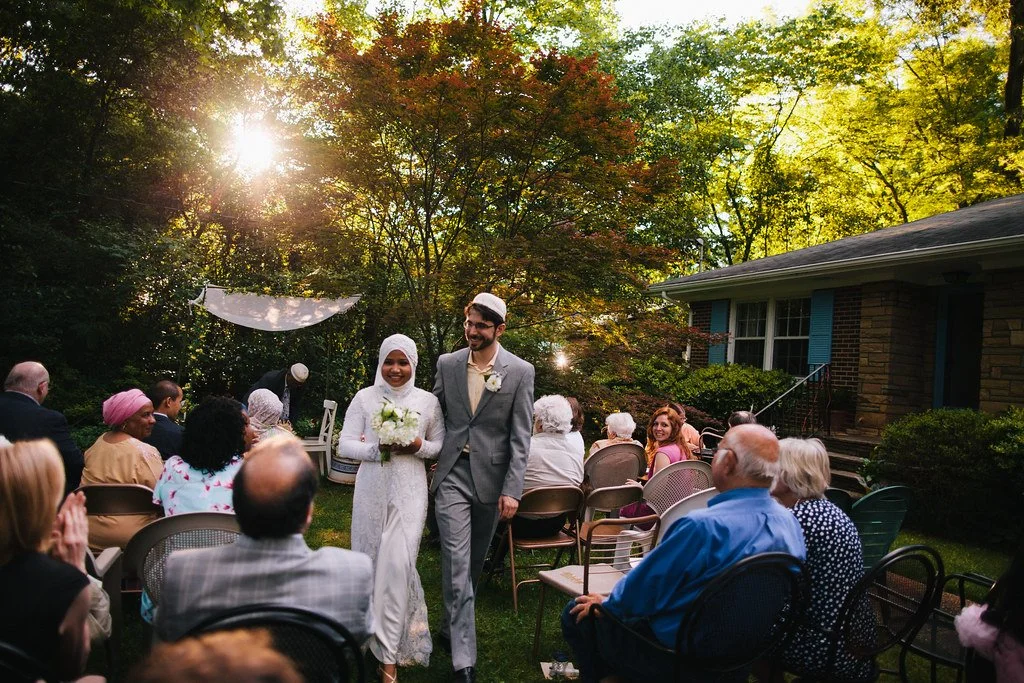Interfaith families had a bit of a moment last year.
Democratic presidential candidate Kamala Harris’ multireligious marriage was called a “map of the future.” The popular Netflix comedy “Nobody Wants This” called up memories of the early aughts’ popularization of the portmanteau Chrismukkah — referring to the merging of the holidays of Christianity’s Christmas and Judaism’s Hanukkah — just as the two holidays coincided at the end of the year.
These crossovers and conversations are no surprise to Susan Katz Miller, who has been writing about her own experience with, and expertise concerning, interfaith families. And those intersections are likely to continue, Miller says, with interfaith families becoming more common in the U.S. and in other diverse democracies.
Twelve years after the publication of her book Being Both: Embracing Two Religions in One Interfaith Family, Miller says the theme is not only still relevant, “but perhaps more relevant than ever.”
“With demographic changes and increasing support from religious institutions, I think it’s become easier to be an interfaith family; easier at being and doing both,” she says. “I think as a society, we’ve become more educated about these issues. And there have been some important shifts as a result.”
Challenges remain, says Miller, with family members, social circles and religious institutions sometimes still putting up barriers to the fusing of families from different religious traditions.
In this edition of ReligionLink, we offer background, tips, related stories and relevant sources for you to better understand, appreciate and report on interfaith relationships, families and love.
